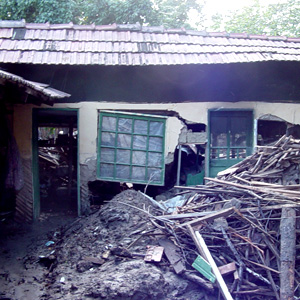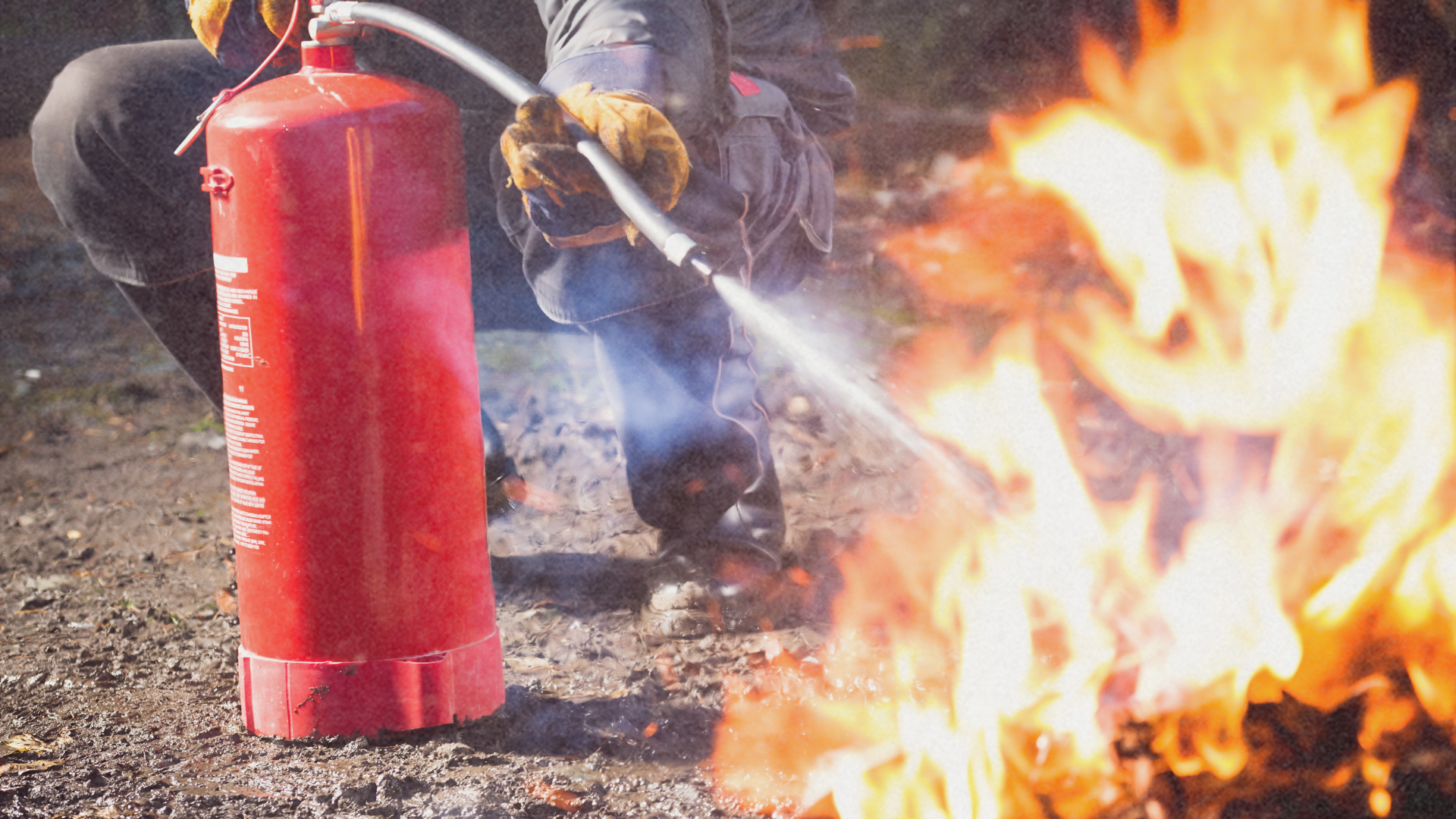It was not even a typhoon yet but tropical storm ‘Sendong’ (International codename: Washi) wrought havoc to Visayas and Mindanao in epic proportions. Sendong/Washi crept into the night from Bislig to Iligan, cutting off power and flooding the streets. Hundreds never woke up, hundreds woke up to a deadly deluge. Thousands woke up to a disaster. Millions are now helping those severely affected.
Several circumstances gave rise to such massive destruction and these circumstances were glaring and worth looking into. Is Sendong a perfect storm?
First, it came at a time when people were not paying attention anymore to weather disturbances. The people have already let down their guard. Everybody is already on a holiday mode, since it’s just eight days before Christmas. Despite the alleged warnings, all areas covered by the storm alerts felt the tenacity of Sendong. My friends in Nabunturan, Compostela Valley province said that they did not feel the storm but were surprised that just two towns up north, Monkayo was flooded and wreaked by landslides in Mt Diwata (Diwalwa).
Those who were prepared were still not spared as Sendong arrived at the witching hour, when most people were sleeping and helpless.
To say that the people were the only ones unguarded is wrong. Concerned government officials also were. Weather officials warned that there was a storm coming all right. In fact, the warning came early. But the problem was that they did not say it came with that much amount of water.
National officials were also remiss in consolidating efforts toward casualty prevention. It can be recalled that no less than Malacanang warned against sea travel during the last weather disturbance before Sendong. As a side, some twitting personalities, who were entertaining the Presidential Security Group, made it appear that President Aquino was partying hard amid the tragedy.
Officials should have “overreacted” to the weather rather than played it down.
Second, Sendong hit an area in Mindanao that is unaccustomed to the typhoons or tropical storms that usually hit elsewhere in the country. Cagayan de Oro city, for instance, lies below the typhoon belt, although it experienced flooding due to monsoon rains. It is generally sheltered from strong winds. As of press time, there were almost 300 dead from the city alone.
USec Benito Ramos of the National Disaster Risk Reduction and Management Council (NDRRMC) has been quoted as saying the many deaths in Mindanao was due, “partly to the complacency of people because they are not in the usual path of storms.” If this statement is not from hindsight, our DRRMCs should have the foresight to cascade the warnings deep into the barangays. Are they still ignorant on the wide use and coverage of SMS, Twitter, and Facebook to complement the AM and FM radio stations?
Third, ‘Sendong’ came with huge amount of rainwater. Foreign weather agencies have predicted very heavy rainfall from the storm but the Philippine Atmospheric, Geophysical and Astronomical Service Administration (PAGASA) chose not to emphasize this and predicted only a 10 to 25 mm per hour rainfall amount.
Weather officials do not factor in cascading waters from the mountains when it considers weather disturbances. Typhoons in the Philippines are generally based on wind measurements. Officials do not measure water volume.
To add insult to the injury, PAGASA only has one Doppler radar in Mindanao, in Hinatuan, Surigao del Sur. It is not enough to give PAGASA accurate forecasts as its lone radar can only cover a range of 480 kilometers. In contrast, Luzon has four Doppler radars in Tagaytay, Subic, Baguio City, and Baler in Aurora province.
In Cagayan de Oro, local PAGASA officials, squirming perhaps, confirmed after the deluge that Sendong brought 180 mm of rainfall in less than 24 hours starting late Friday afternoon. The weather bureau also admitted that the December 16 total volume was at 180.9mm, way above normal rainfall for the city which is at 113.2mm. Though it was a huge amount of water, it is not even Ondoy-like, furthermore, the high tide complicated the situation in coastal areas and river deltas.
It was in fact only half of Ondoy’s floodwaters and yet, it killed a lot more people. What made it worse is that the water came during high tide. And that at the same time, many shanties and houses blocked waterways in the areas.
 Fourth, we cannot discount the fact that environmental degradation has a hand in this unfortunate event. Logging, illegal or not, definitely had a hand in weakening the trees’ hold on water.
Fourth, we cannot discount the fact that environmental degradation has a hand in this unfortunate event. Logging, illegal or not, definitely had a hand in weakening the trees’ hold on water.
Reports have said that the huge amount of water from the mountains came rushing towards the Cagayan de Oro River basin sending floodwaters to the 23 barangays.
The dark water rapids eventually took everything in its path and moved towards the sea.
In Negros Oriental, heavy rains caused the overflowing of the Ocoy River in Sibulan. The death toll in the province stood at 22 as of press time.
In Dumaguete City, rains from the storm came late Friday night and residents living along the Banica riverbank found their homes engulfed by floodwaters. The floods also washed away the bridge connecting Barangay Palinpinon and Barangay Balabag in Valencia town. Reports said several dikes that were built to protect residential communities also broke, prompting residents to evacuate to higher ground.
They say that everything happens for a reason. Well, let me say that the devastation happened because of these circumstances. Circumstances that, I repeat, were very obvious and worth investigating.
There are a lot of questions that need to be answered. Where did the cascading water come from? Why did many women and children die in this particular tragedy? What are the areas with large numbers of casualties, damages, and destruction?
On a larger level, what is the role of the NDRRMC in the follow-through measures? Is issuance of warnings enough? What is the culpability of local government officials? How big is the role of illegal logging in this tragedy? What is the role, if there’s any, of mining and urbanization in such disasters?
Government can learn from big private corporations which conduct pre- and post-typhoon response procedures. However, most companies are closed at nighttime towards a Saturday. Ondoy happened also on a Saturday, September 26, 2009, more than two years ago. It should have given the government enough time to install proper and adequate measures to prevent catastrophes from happening again. But our government offices close on weekends.
Risk mitigation and effective preparations go beyond fancy powerpoint presentations and untested communication diagrams, frameworks and strategies. It should deal squarely with corruption in urban development (calamity and rebuilding funds), political will to relocate shanties along natural waterways, and private-public partnership.
In 1991, Uring/Thelma shocked us with the Ormoc tragedy. In 2009, Pepeng and Ondoy taught people of Luzon to be paranoid even with the slightest drop of monsoon rains. If we have applied the lessons learned, if we have elected local and national leaders who understand disaster prevention instead of money and emotional popularity, then Sendong could not have been a perfect storm.






